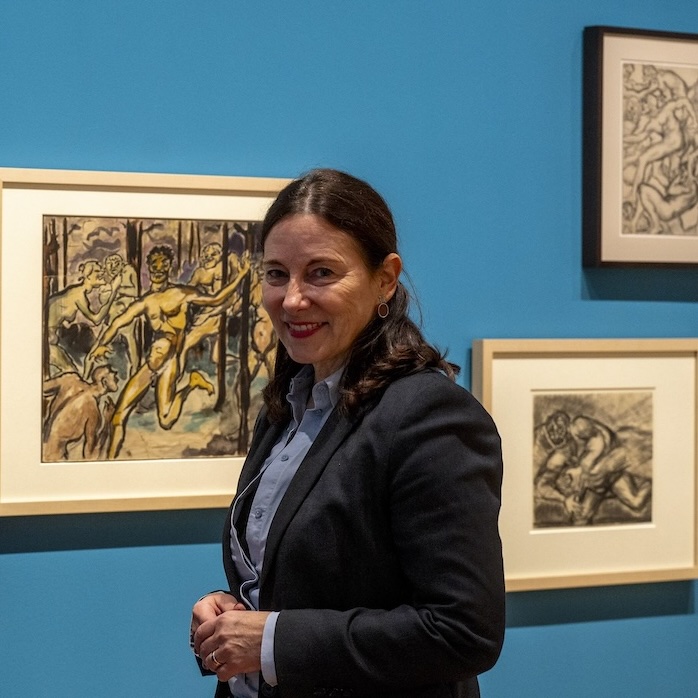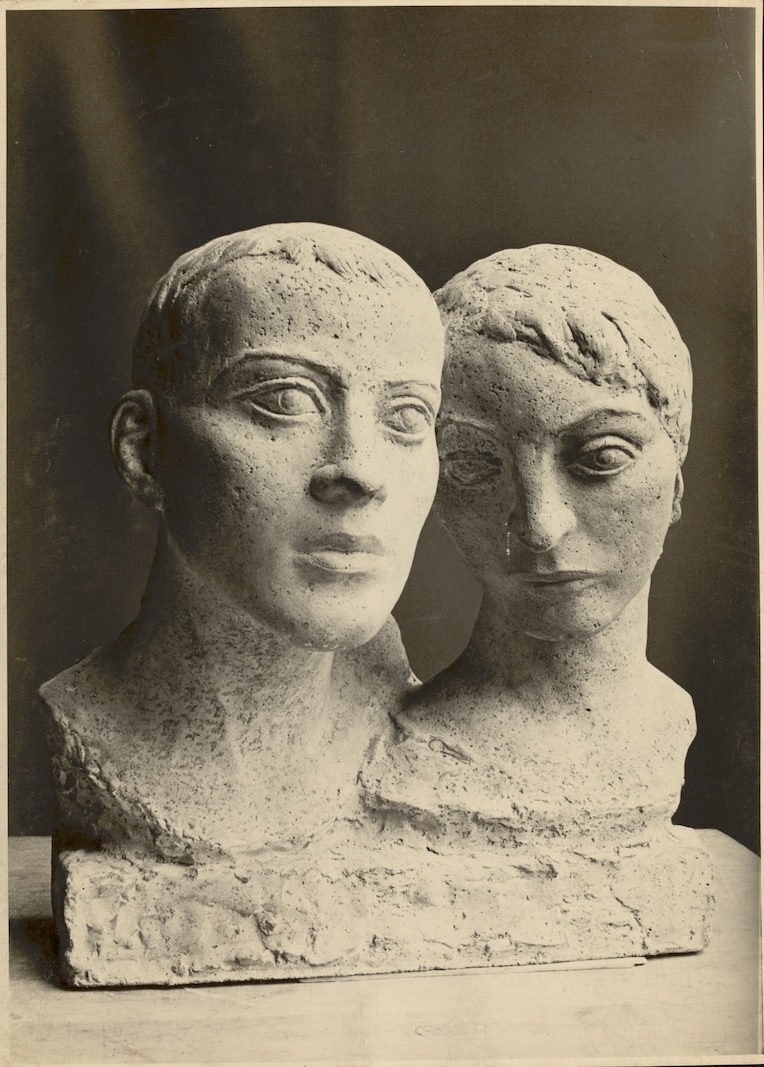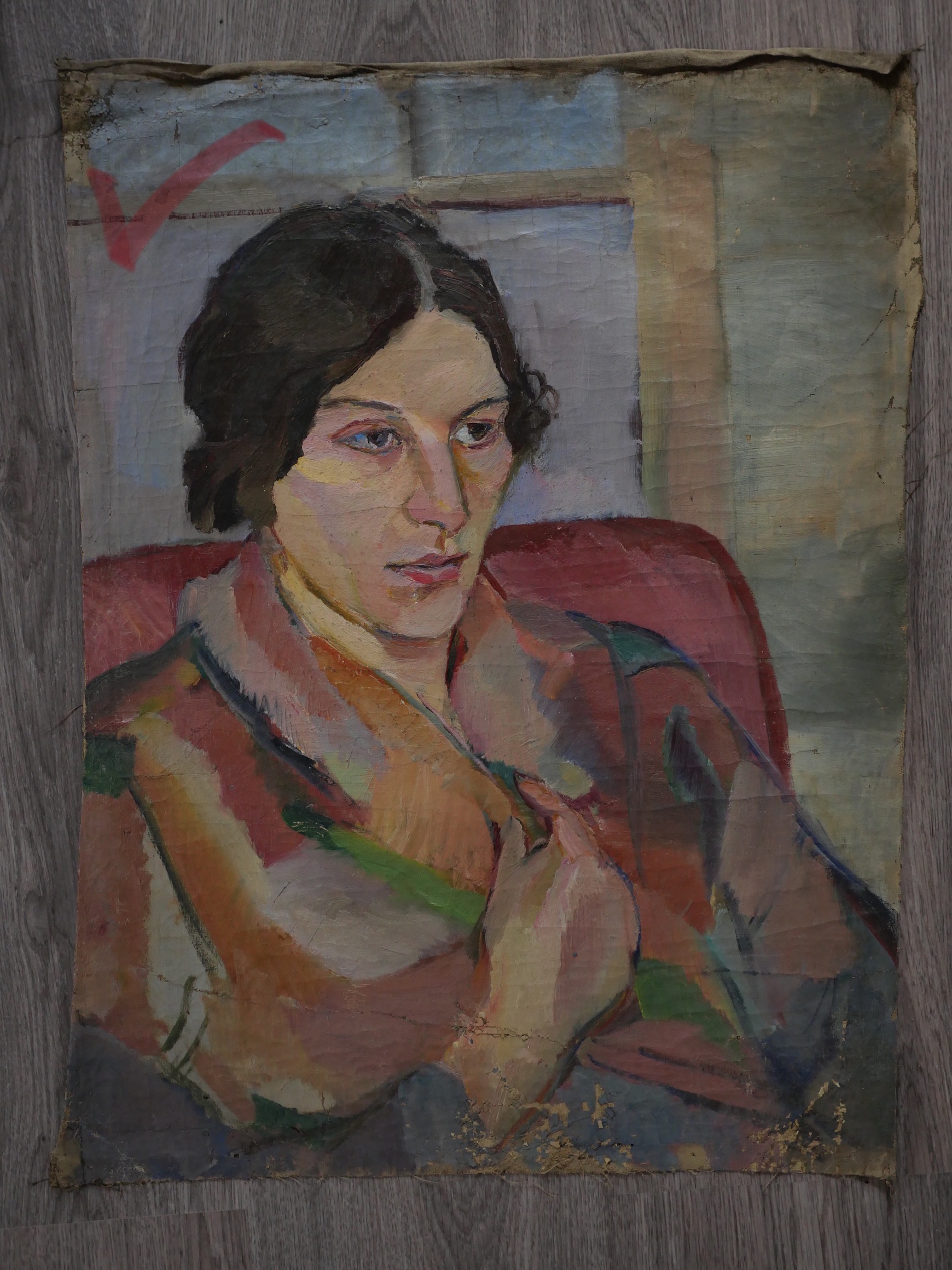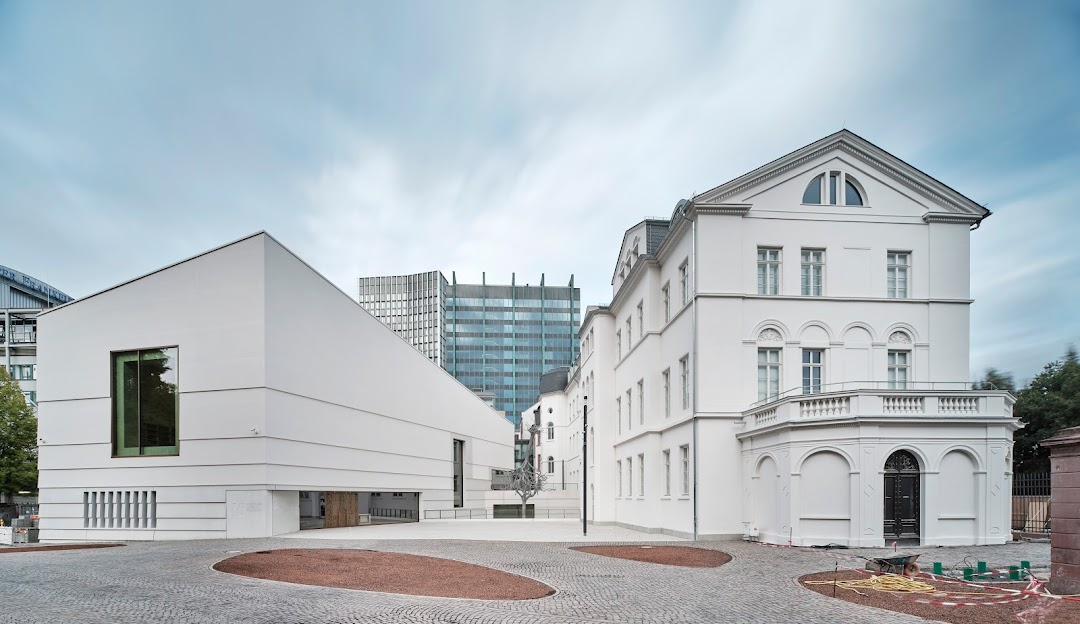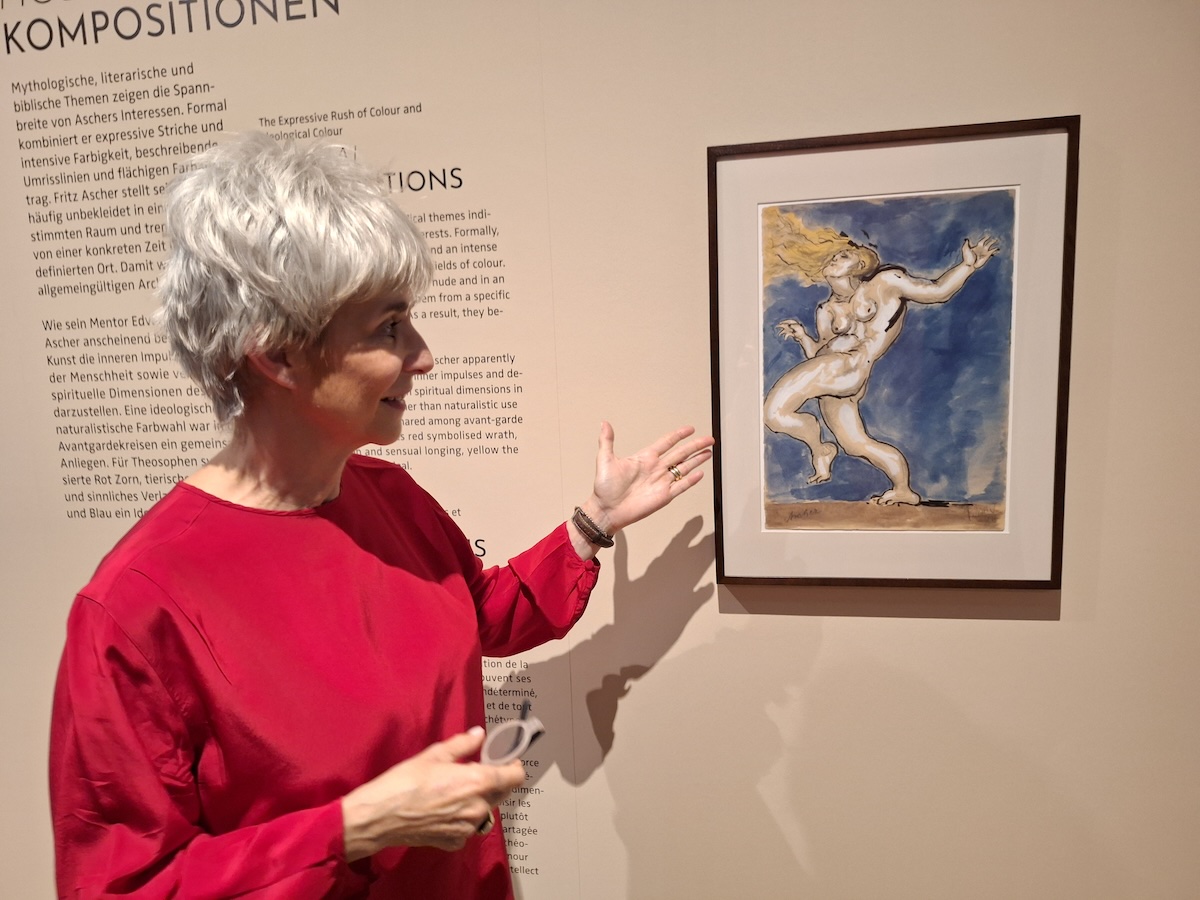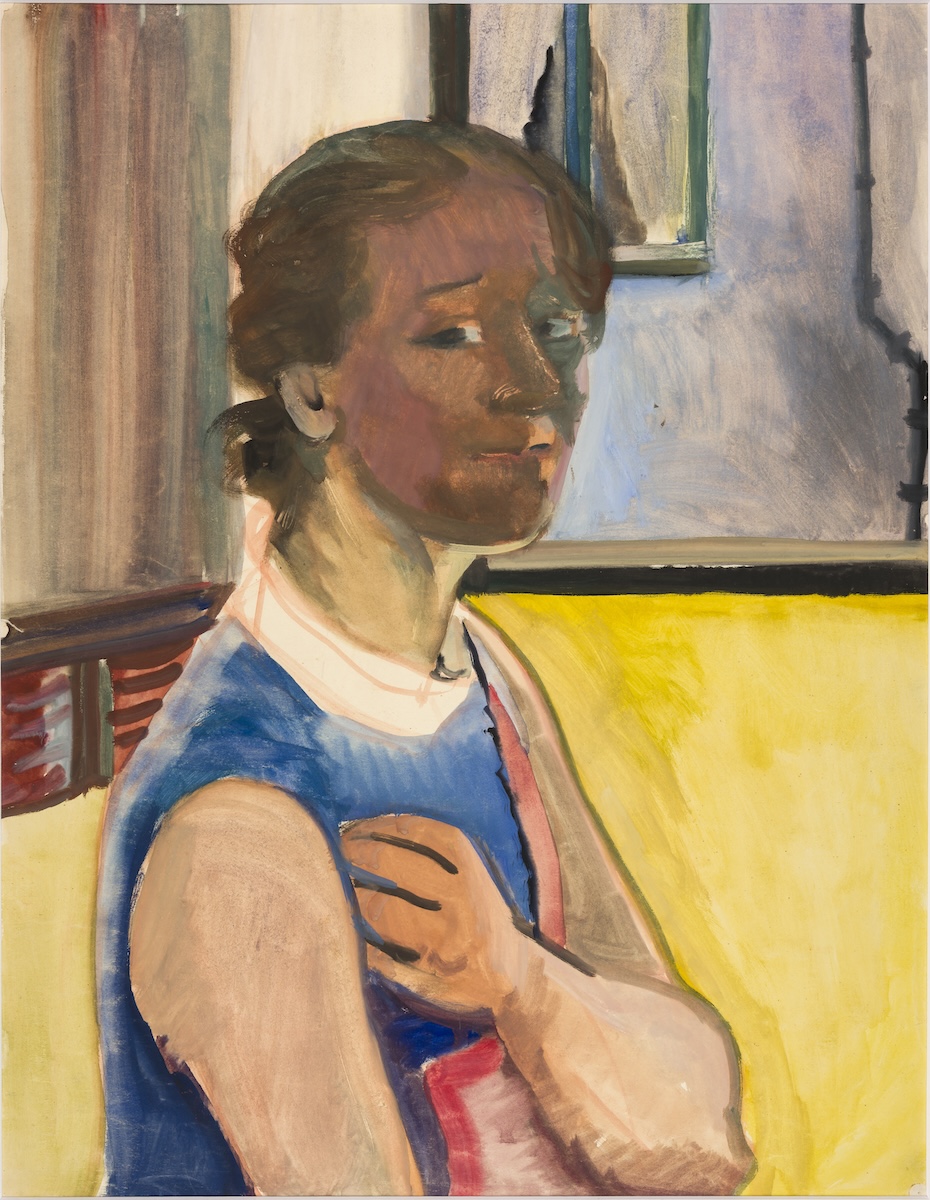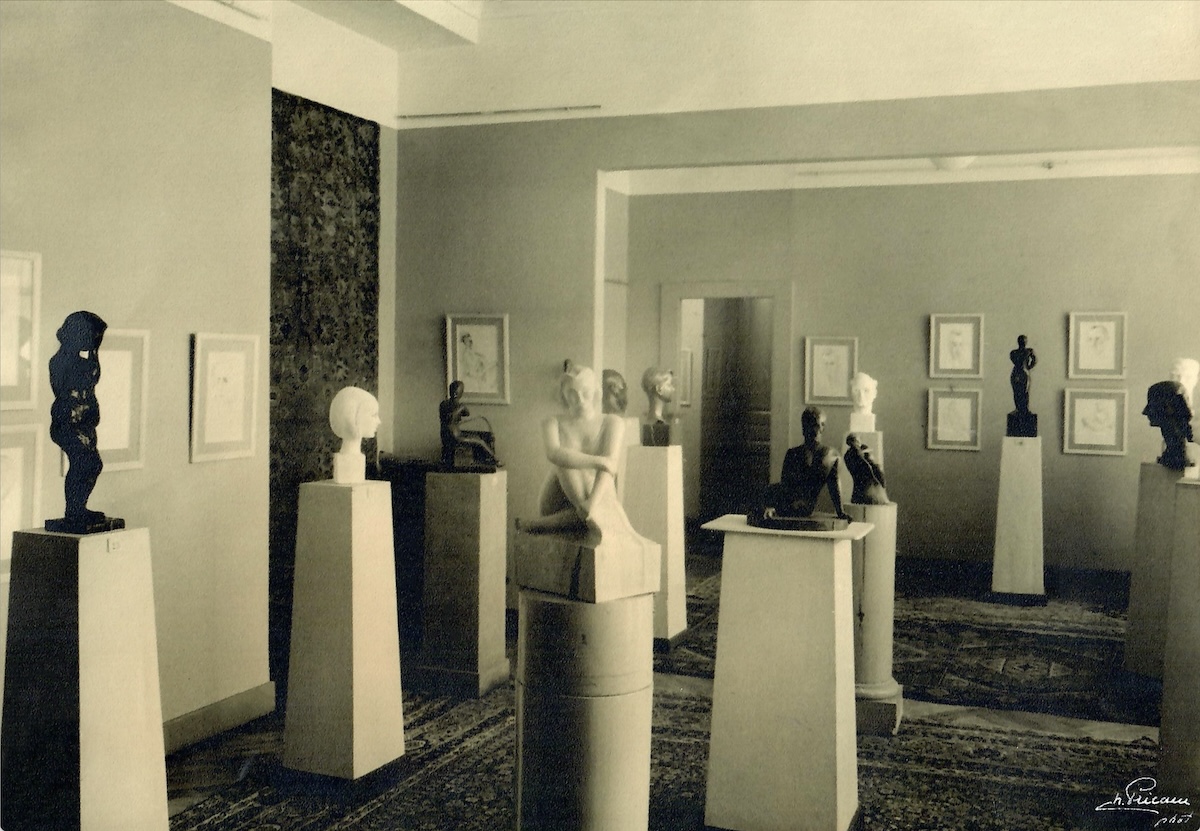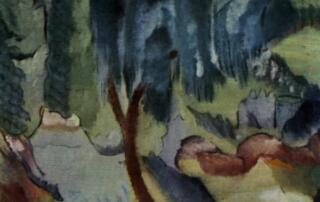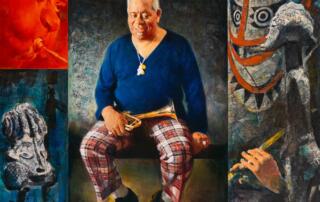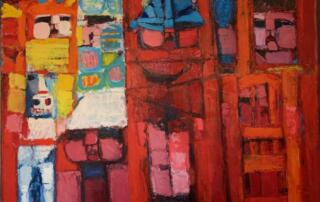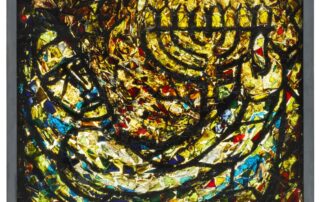Art and Conscience in a Time of Upheaval.
Ben Shahn (1898-1969)
Presentation by Ori Z Soltes, Washington (DC)
Georgetown University professor Ori Z Soltes will speak about Ben Shahn (1898-1969), who arrived in 1906 as a child to the United States from Tsarist-governed Lithuania. Four years after the Tsarist authorities had exiled his father to Siberia for alleged revolutionary activities, his mother managed to bring the family to New York. There they reconnected with Ben's father who had escaped from Siberia and made it to the US by way of South Africa. Image above: Ben Shahn, Detail of the Mural "The Meaning of Social Security," Wilbur J. Cohen Federal Building, Washington, D.C. Within 25 years Shahn emerged as perhaps the key figure in the developing arena of American Social [...]



